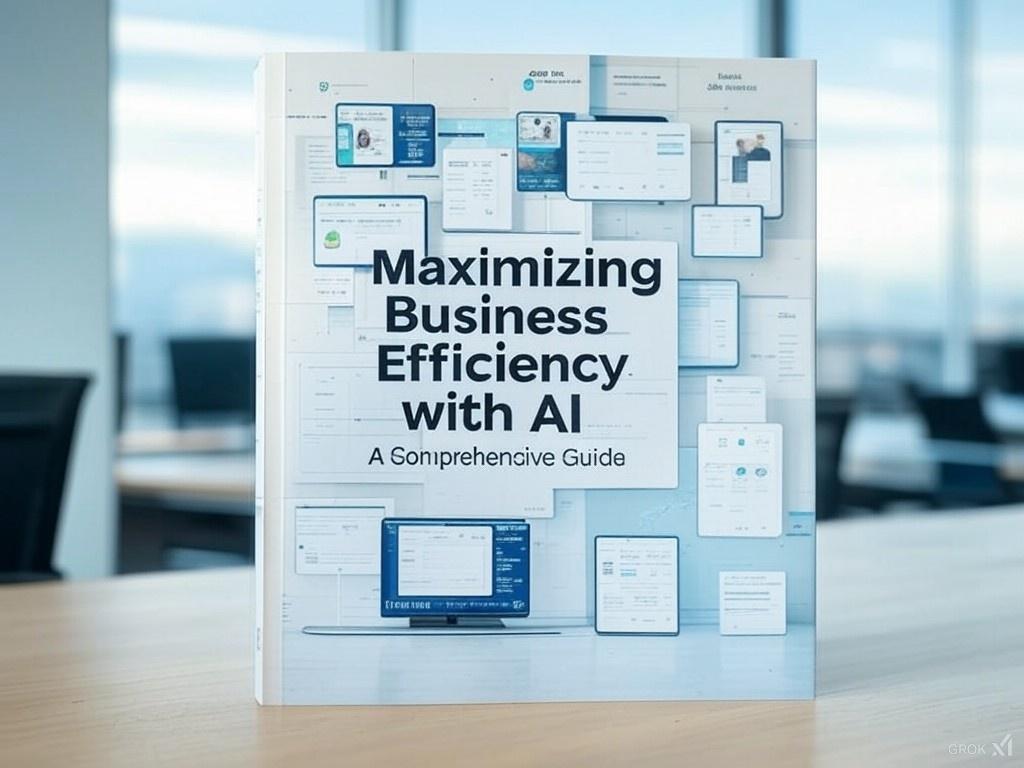Generative AI offers great potential for improvements in delivering better services, improving operational efficiency, and personalizing customer experiences. However, with this potential comes a responsibility to ensure that AI systems are used ethically, securely, and in a way that upholds most banks core values of trust, integrity, and accountability.
Below are five specific ethical AI principles that I think guide a bank’s deployment and governance of generative AI systems.
1. Accuracy and Financial Responsibility
All generative AI applications must produce accurate, verifiable, and financially responsible outputs. Whether used in customer-facing chatbots, product recommendations, fraud detection explanations, or internal risk modelling, any AI-generated content must align with the regulatory obligations and internal policies of a bank. AI is not at the stage where it can provide autonomous results and advice. It must be monitored and checked by humans.
🔍 References:
2. Transparency and Disclosure
The AI systems used must be transparent and easily understandable. Customers and employees need to be aware whenever they are interacting with a generative AI system and will have access to explanations about how outputs are generated. The generative AI tools could include metadata tags and usage logs for auditability.
🔍 References:
3. Human Oversight and Escalation
AI systems cannot replace human accountability at the moment. Generative AI must always function under human supervision, with clearly defined escalation paths for critical decisions. The final responsibility for any decision affecting a customer’s financial position, legal rights, or data lies with an authorized employee of the bank.
🔍 References:
4. Fairness, Equity, and Bias Control
This is a key feature to enable the sustainability of Generative AI. During development and periodically post-deployment reviews should be conducted to make sure that the models meet pre-defined fairness, equity and bias guidelines. This must include evaluating training data, output behaviour, and user impact to ensure no group is unfairly disadvantaged. A bank’s reputation is key and if these elements are compromised the bottom line will suffer severely.
🔍 References:
5. Risk Management and Harm Prevention
Generative AI introduces new types of operational, reputational, and systemic risks. Banks already have robust risk management systems after the events of the past years (2008 financial collapse) and therefore are well prepared for implementing the necessary checks to cover the risks and harm that Generative AI potentially brings.
🔍 References:
Conclusion
In a highly regulated industry such as banking, ethical AI is not optional—it is a fundamental requirement. These principles reflect the basis for a bank’s successful implementation of all forms of AI.
🔍 Further Reading:



